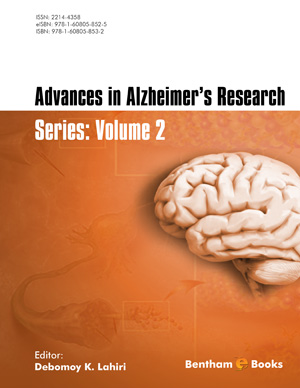Abstract
The mechanisms responsible for oxidative damage, pathological brain iron deposition and mitochondrial insufficiency in Alzheimer disease (AD) remain enigmatic. Heme oxygenase-1 (HO-1) is a 32 kDa stress protein that catabolizes heme to biliverdin, free iron and carbon other tissues in various models of disease and trauma. Our laboratory demonstrated that 1) HO-1 protein is significantly over-expressed in AD-affected temporal cortex and hippocampus relative to neurohistologically-normal control preparations, 2) in cultured astrocytes, HO-1 up-regulation by transient transfection of the human ho-1 gene, or stimulation of endogenous HO-1 expression by exposure to β-amyloid, TNFα or IL-1β, promotes intracellular oxidative stress, opening of the mitochondrial permeability transition pore and accumulation of non-transferrin iron in the mitochondrial compartment, and 3) the glial iron sequestration renders cocultured neuron-like PC12 cells prone to oxidative injury (reviewed in Schipper HM. J Neurochem 110: 469-85, 2009). Induction of the astroglial ho-1 gene may constitute a ‘common pathway’ leading to pathological brain iron deposition, intracellular oxidative damage and bioenergetic failure in AD and other human CNS disorders. Hypothesis: Targeted suppression of glial HO-1 hyperactivity may prove to be a rational and effective neurotherapeutic intervention in AD and related neurodegenerative disorders. To begin testing this hypothesis, studies have been initiated to determine whether systemic administration of a novel, selective and brain-permeable inhibitor of HO-1 activity ameliorates cognitive dysfunction and neuropathology in a transgenic mouse model of AD.
Keywords: Aging, alzheimer disease, astrocyte, heme oxygenase-1, iron, metalloporphyrin, mitochondria, neuroprotection, OB-24, oxidative stress.






















